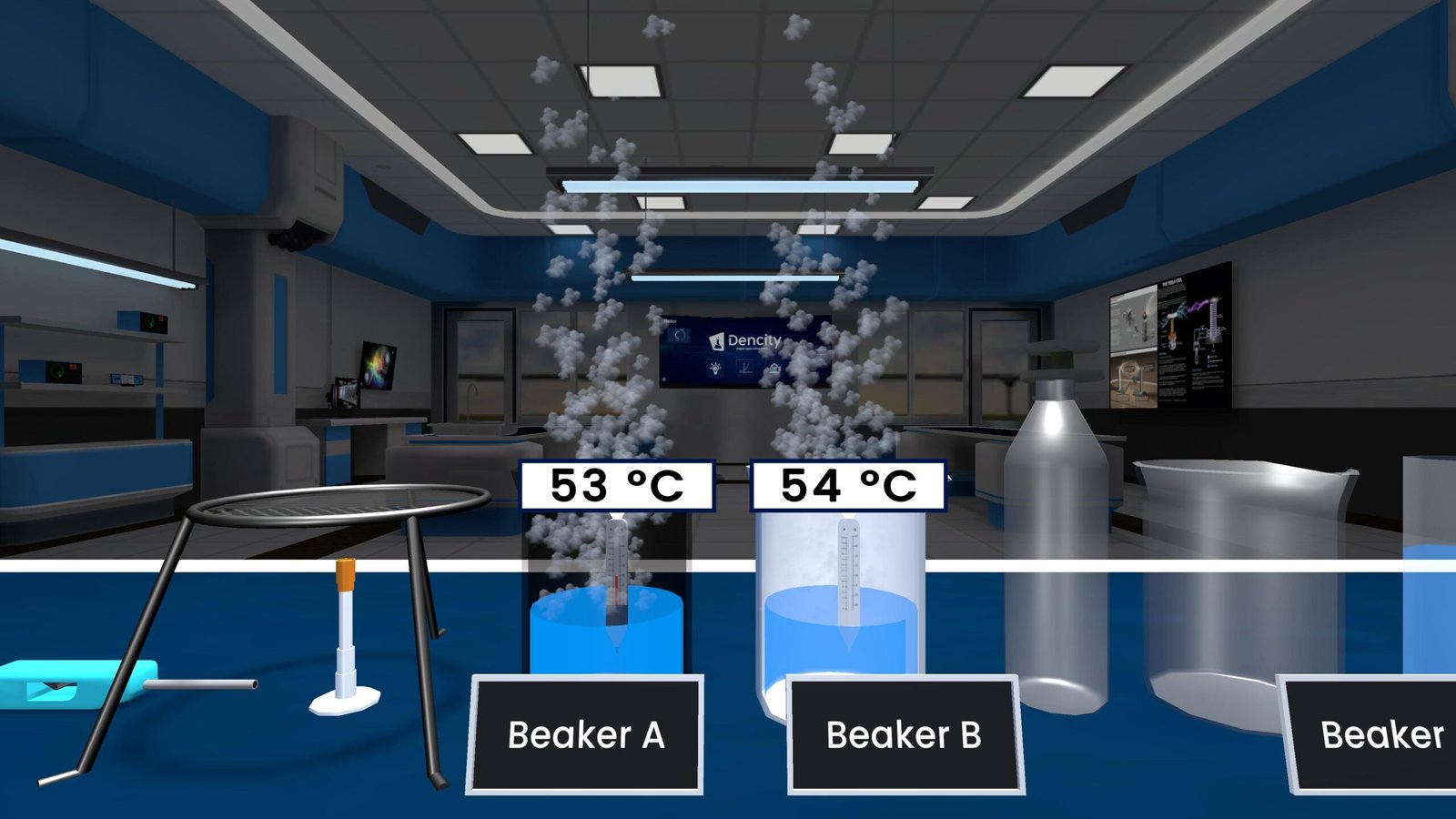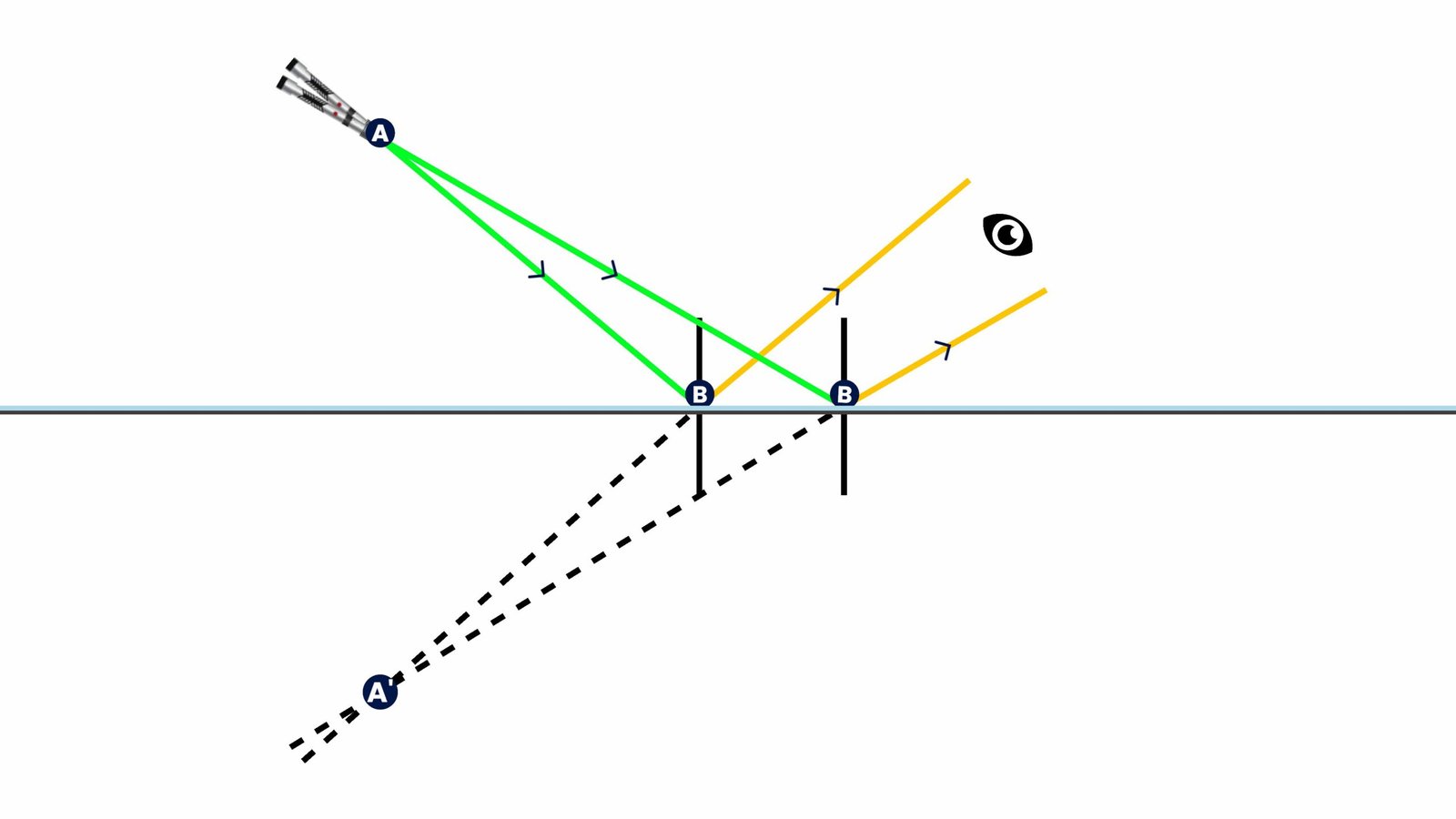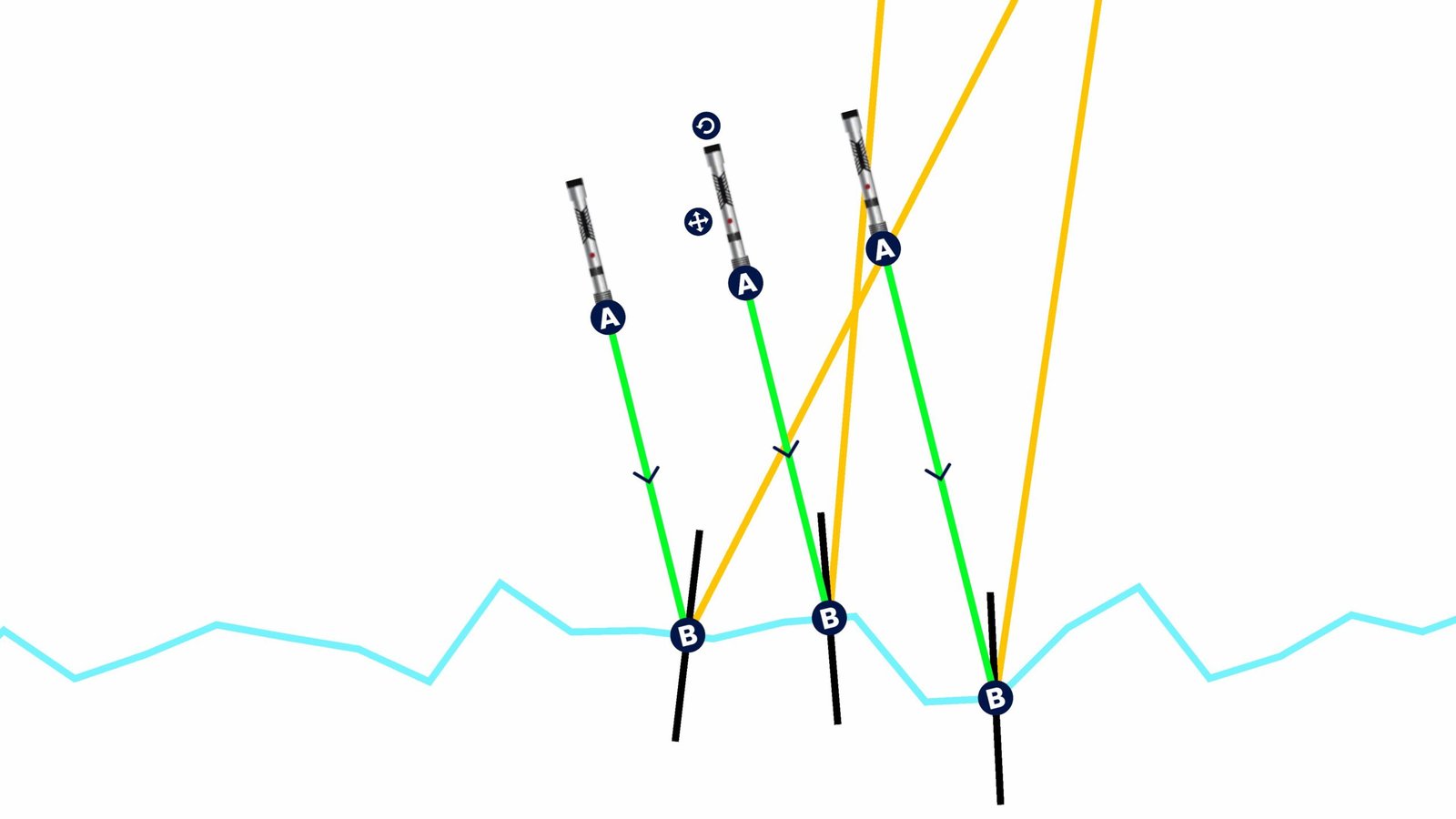Power Experiment – Understanding the Relationship Between Power, Energy, and Time
Power is a measure of how fast work is done or energy is transferred. It tells us how quickly a task is completed using energy. For instance, when you lift an object to a certain height, you’re doing work against gravity. This action uses energy, and power tells us how fast this energy is used during the lifting process.
Theory Explained Simply
When an object with mass (m) is lifted to a certain height (h), it gains potential energy equal to:
E = m × g × h,
where g is the gravitational acceleration (around 9.8 m/s² on Earth).
The power (P) used to lift it in a time t is:
P = E / t = (m × g × h) / t
Rearranging the formula gives:
t = (m × g × h) / P
This formula means:
- The more power you apply, the less time it takes to lift.
- If the mass or height increases, more time or power is needed.
In the experiment, two blocks with pulleys can be modified in terms of mass and power. You can observe how changing these affects the time taken to lift the blocks.
Real-Life Applications
- Designing machines like cranes or elevators.
- Understanding motor performance (speed and torque).
- Industrial energy calculations to improve efficiency.
Observations You’ll See
- Higher power = Faster lifting.
- Same mass, different powers = Different lift times.
- Equal powers = Equal lift times for equal mass.
Summary Table
| Condition (Power) | Block 1 | Block 2 |
|---|---|---|
| P_A > P_B | Faster | Slower |
| P_A < P_B | Slower | Faster |
| P_A = P_B | Equal | Equal |
Experience Science Virtually with Dencity
The Dencity virtual lab lets you perform the Power Experiment and other exciting science experiments right from your device. Whether you’re in class 9, class 10, class 11, or class 12, this powerful science app helps you understand complex concepts through interactive learning.
Using Dencity:
- Adjust masses and powers in real-time.
- Visualize changes instantly.
- Learn at your own pace, safely and affordably.
- Ideal for students who want to explore science hands-on without lab equipment.
Dencity for Teachers
Dencity promotes interactive teaching by:
- Creating virtual classrooms.
- Letting teachers assign and control live experiments.
- Enabling automatic grading and progress tracking.
- Providing a zero-maintenance solution for science teaching.
Touch Panel Compatibility
Dencity works seamlessly on interactive touch panels in smart classrooms. With touch gestures, both teachers and students can manipulate variables, run simulations, and conduct science experiments in real time.
Contact Us
Educational institutions can reach out to us for custom pricing plans or to schedule a free demo. Let us help you integrate Dencity into your science curriculum.
Frequently Asked Questions (FAQs)
- What is power in simple terms?
Power measures how fast you use energy or do work. - How is energy related to lifting objects?
When you lift something, you give it potential energy, which is work done. - What does the formula t = (mgh)/P mean?
It shows the time to lift depends on the object’s mass, height, and applied power. - Why do we use pulleys in this experiment?
Pulleys help us lift blocks more easily and allow us to study the effect of power. - Can I change both mass and power in the Dencity app?
Yes, you can use sliders to change both and see real-time effects. - Is this experiment part of class 10 science?
Yes, this is aligned with the class 10 science curriculum. - How is this useful in real life?
It helps understand machines like elevators and cranes, and how motors perform. - Is Dencity suitable for remote learning?
Absolutely. Students and teachers can connect from anywhere to do experiments. - Can I redo experiments if I make mistakes?
Yes, Dencity allows unlimited tries to learn from mistakes. - Is Dencity only for physics?
No, Dencity covers various science lab topics, including chemistry and biology.
Explore science differently. Explore it with Dencity.
Download the Dencity app today on Android, iOS, or use it on your desktop. Empower your science journey with the best virtual science lab experience.







